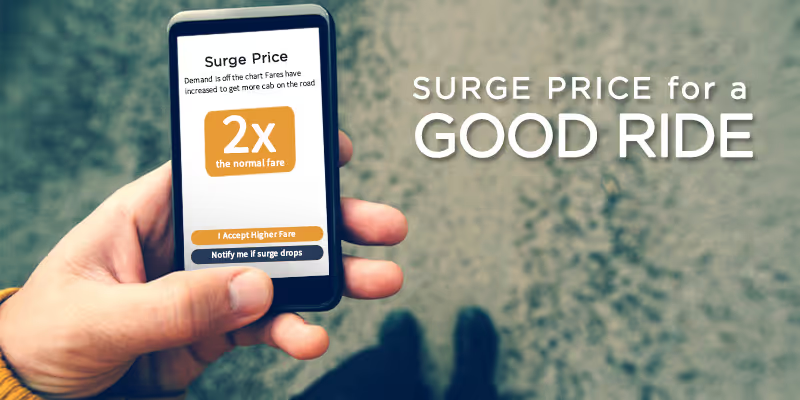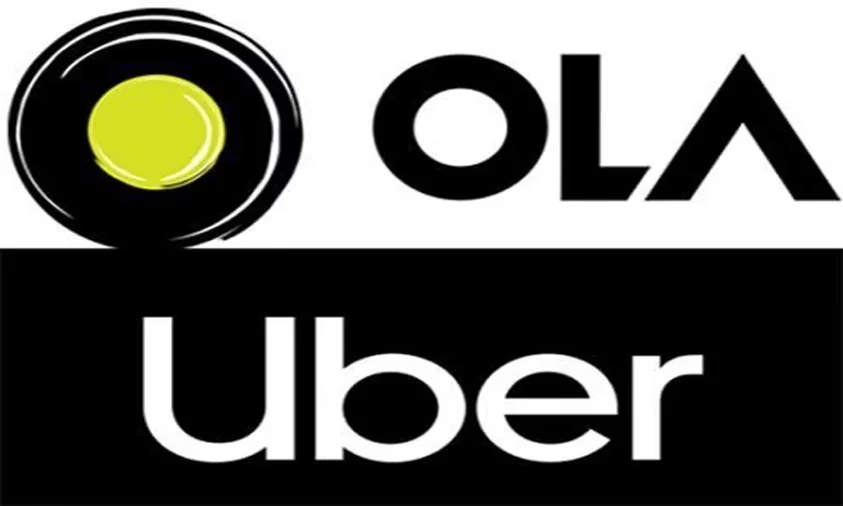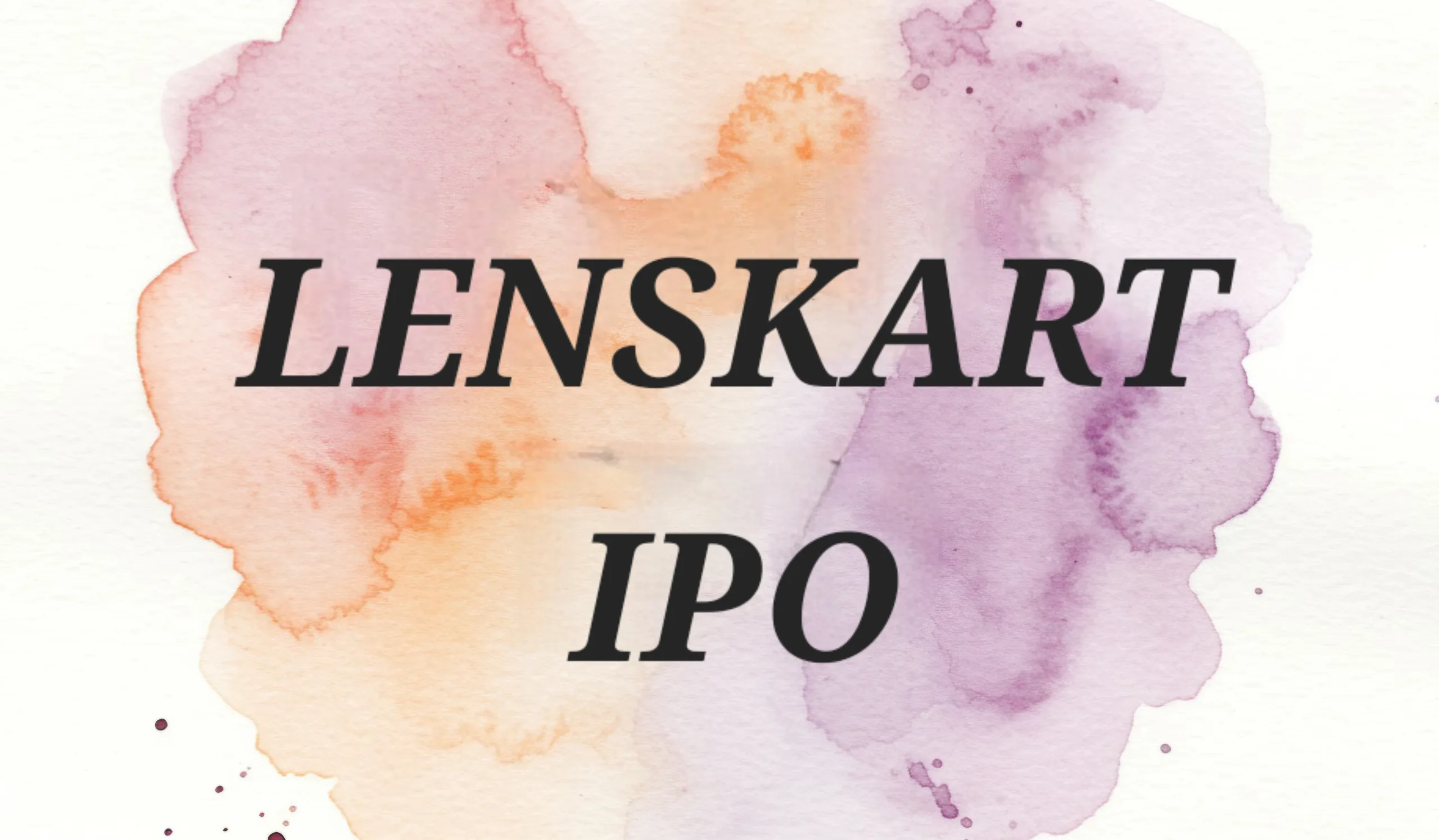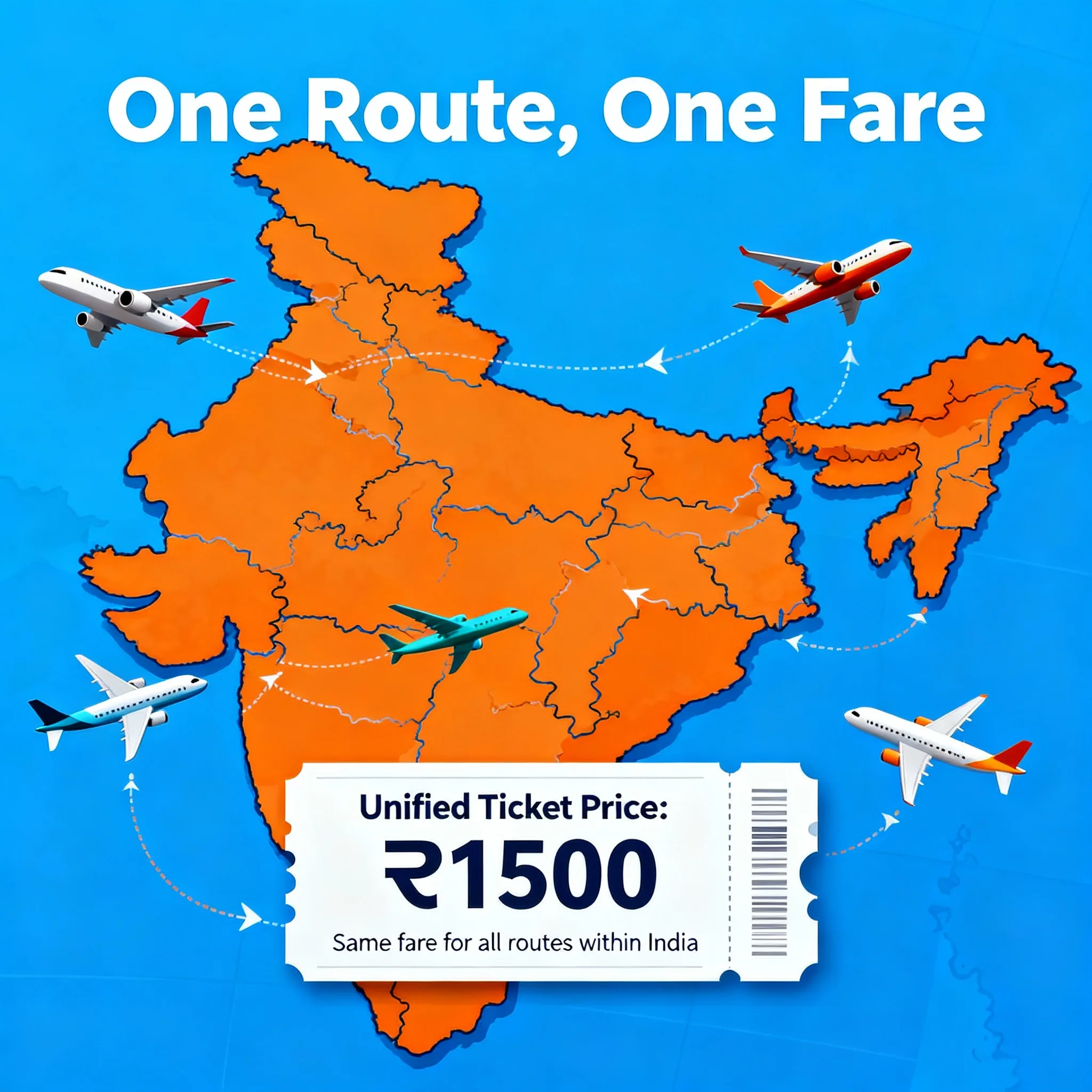In a move that will impact millions of commuters, popular ride-hailing platforms Ola and Uber have been granted the flexibility to increase surge pricing during peak hours, potentially charging passengers up to twice the base fare.
According to updated guidelines, both companies can apply surge pricing multipliers in response to high demand, traffic congestion, or limited driver availability. This means that during peak times—typically morning and evening rush hours—riders may see their fares increase by as much as 2X compared to normal rates.
Why the Change?
The rationale behind this policy is to incentivize more drivers to be available during periods of high demand. By offering higher fares, platforms hope to attract drivers onto the roads, reducing wait times and ensuring that customers can still get rides when they need them most.

Impact on Commuters
While this strategy could improve cab availability, it is also likely to strain the budgets of daily commuters. Regular passengers who rely on Ola or Uber for office travel or emergencies should be prepared for steeper costs during:
- Morning rush hours (typically 8 AM – 11 AM)
- Evening commute times (5 PM – 9 PM)
- Festival seasons and adverse weather conditions
Tips to Manage Costs
✅ Consider traveling during non-peak hours if possible
✅ Compare fares across different platforms before booking
✅ Use ride-pooling options where available
✅ Check for promo codes or discounts
Looking Ahead
With fuel costs and urban congestion rising, dynamic pricing may become more common. As a customer, staying informed about pricing policies and planning your rides strategically can help you balance convenience with affordability.
**Disclaimer: The Image in the article is created from Samsung device AI is used for article which is generated by Chatgpt content.**











Join Us on Social Media!
Stay updated with the latest from EasyBuzz. Connect with us: